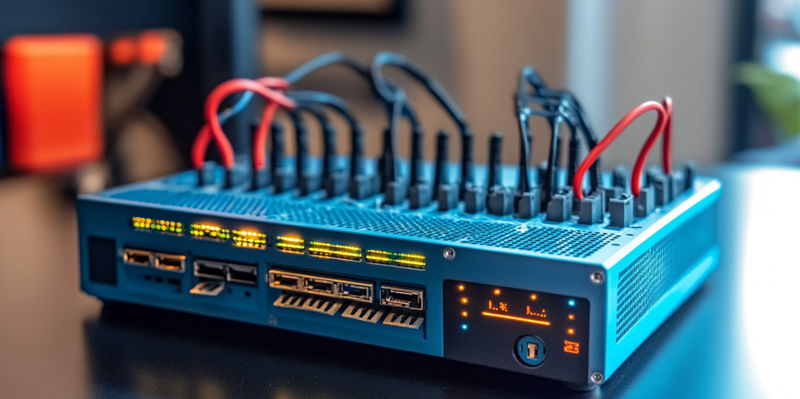In the ever-evolving landscape of cybersecurity, the recent identification of a critical security vulnerability, CVE-2024-20418, in Cisco Unified Industrial Wireless Software has raised significant alarms. This security flaw, found in Ultra-Reliable Wireless Backhaul (URWB) Access Points, exposes a dangerous weakness due to insufficient input validation within the web GUI. Such a vulnerability permits remote, unauthorized users to inject malicious commands through specially crafted HTTP requests, thereby gaining root access and complete control over the affected device. What makes this particularly concerning is the lack of required authentication, making the exploitation of this flaw remarkably straightforward for would-be attackers.
Affected Devices and Detection
The devices confirmed to be vulnerable include Catalyst IW9165D Heavy Duty Access Points, Catalyst IW9165E Rugged Access Points, and Catalyst IW9167E Heavy Duty Access Points. Network administrators can ascertain their systems’ susceptibility by executing the ‘show mpls-config’ command in the CLI, which reveals if URWB mode is active. If this command is unavailable, the device in question is not at risk. This method of detection allows users to quickly and efficiently identify vulnerable units within their network infrastructure without the need for extensive testing or third-party tools.
Conversely, it is noteworthy that multiple other Cisco products remain unaffected by this vulnerability. The 6300 Series Embedded Services Access Points and various models from the Aironet series are among those not impacted by CVE-2024-20418. This distinction is crucial for administrators managing diverse networks comprising different Cisco devices. Identifying non-affected units allows for a focused approach in addressing the vulnerability without unnecessary concern over unaffected devices. Maintaining an updated inventory of devices and their respective firmware versions becomes an essential part of safeguarding the overall network integrity.
Mitigation and Importance of Patching
Cisco has addressed the vulnerability by releasing patches available through standard distribution channels for customers with active service contracts. For those without such contracts, fixes can be obtained via Cisco TAC by providing the product serial number along with the advisory URL. The issuance and installation of these patches are crucial since no alternative methods currently exist to mitigate the security risk posed by this vulnerability. Promptly applying these updates is essential to ensure that unauthorized individuals cannot exploit the flaw to gain root-level access and control over network devices.
This vulnerability falls within the critical range of Remote Code Execution (RCE) vulnerabilities, evidenced by its high score in the Common Vulnerability Scoring System (CVSS). Such vulnerabilities are particularly dangerous because they allow attackers to execute arbitrary code on affected devices remotely, potentially leading to system-wide breaches. Given the significant control it grants to attackers, the urgency for network administrators to apply the security updates cannot be overstated. Adhering to these updates ensures heightened security for the network infrastructure, preventing potential unauthorized access and manipulation.
Ongoing Security Trends
In the rapidly shifting world of cybersecurity, the identification of CVE-2024-20418, a critical vulnerability in Cisco Unified Industrial Wireless Software, has raised significant concerns. This flaw is found in Ultra-Reliable Wireless Backhaul (URWB) Access Points and stems from insufficient input validation within the web GUI. This vulnerability allows remote, unauthorized users to inject malicious commands through specially crafted HTTP requests. Consequently, they can gain root access and full control over the compromised device. The most troubling aspect of this vulnerability is its lack of required authentication, making it alarmingly easy for attackers to exploit. This flaw underscores the importance of rigorous security measures and highlights the continuous need for vigilance in maintaining and updating cybersecurity defenses. As technologies evolve, so do the tactics of those who seek to exploit them, making it crucial for companies to stay ahead of potential threats and address vulnerabilities swiftly to protect their systems and data.

